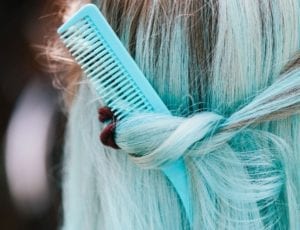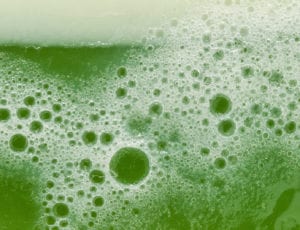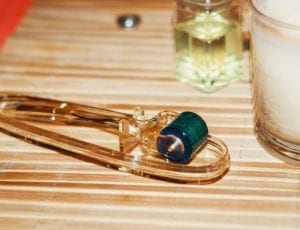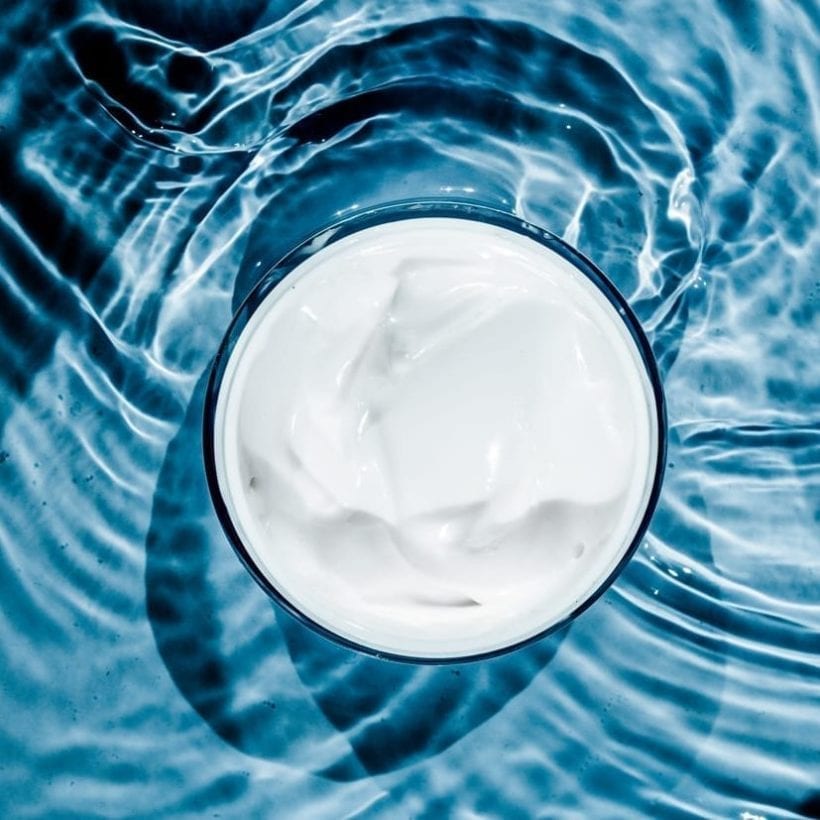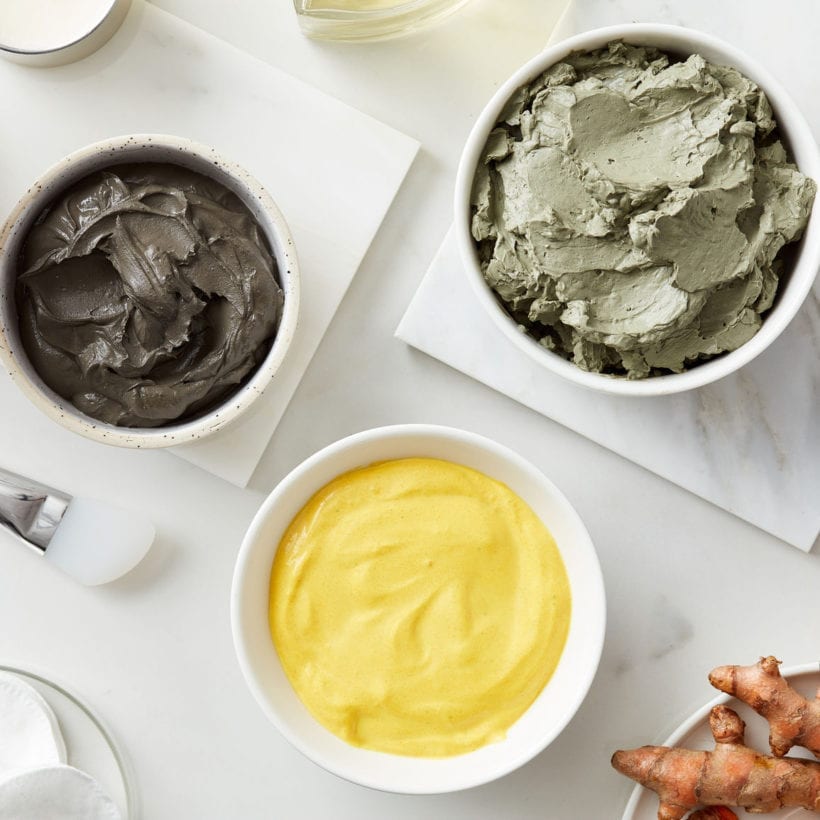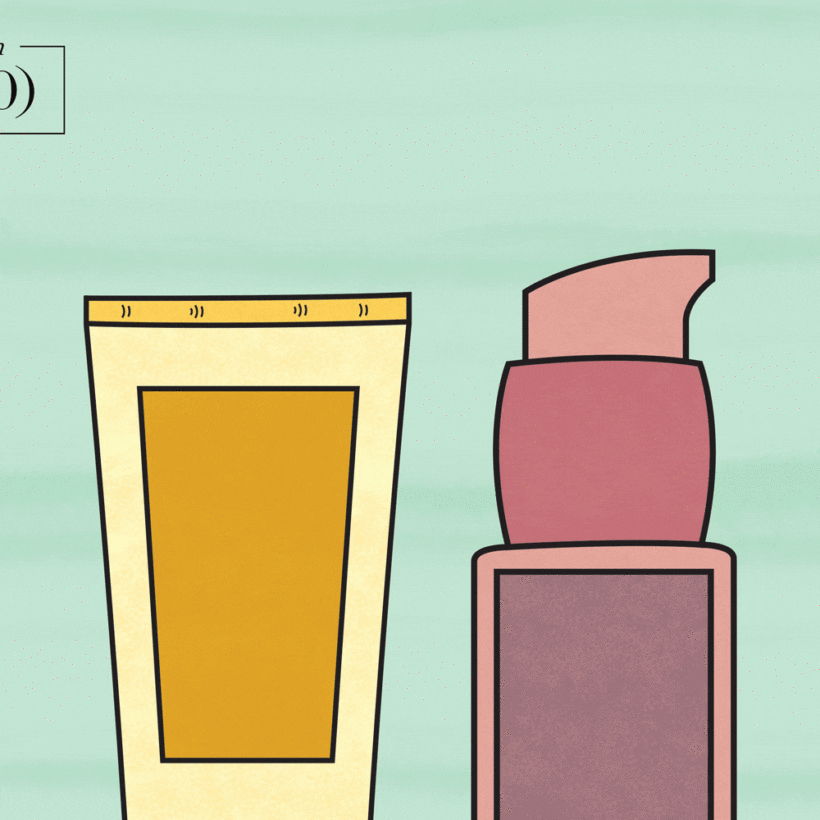People fall into two camps when it comes to skincare. There are the minimalists who cleanse, wear SPF, moisturize and call it a day. Then there are the skincare maximalists who love extensive routines inspired by hyper-specific (and very Zen) skin rituals from Korea and Japan.
We have the latter group to thank for introducing essences. Though for many years we have been giving these pricey, water-like formulas a dose of side-eye, we are starting to find that perhaps these serum-toner hybrids are far more than fancy water and a new step of your beauty routine.
Is a deep internet search into essences leaving you confused? We asked the experts to tell us how essences work and if they are genuinely worth adding to both basic and 10-step skincare routines alike.
What Is an Essence, Anyway?
The simplified way to describe an essence is a lightweight, watery fluid that delivers a high concentration of active ingredients deep into your skin. The primary purpose of an essence is to prime your skin to better absorb the other products that follow in your routine.
How Is It Different From Other Products?
Depending on how they are marketed, an essence is commonly mistaken for micellar water, serum, moisturizer and toner, so, understandably, it is hard to differentiate essences from the pack.
Essences look a lot like water, and they kind of are, but they are not the same as micellar water. “In many instances, the base of essence is purified water, structured water or coconut water,” says Ava Shamban, M.D., a board-certified dermatologist and founder of Skin Five clinics. However, micellar water is made up of mild surfactants that get rid of dirt and makeup.
Essences are “meant to have similar benefits to a serum with a lighter molecular weight than a moisturizer to penetrate the skin faster, deeper, and more effectively,” says Shamban. “These essences have multiple combinations of actives and botanicals to support skin condition and address specific concerns,” like dull or dry skin. Essences aren’t a replacement for your usual moisturizer. “A moisturizer will have occlusive agents and emollients that give you longer lasting moisturization,” says Perry Romanowski, a cosmetic chemist and co-host of The Beauty Brains podcast.
Their closest cousin might be the toner, but toners usually include alcohol like ethanol, while most essences are alcohol-free. Toners are your last step of cleansing, while essences are treatments.
An essence is a lightweight, watery fluid that delivers a high concentration of active ingredients deep into your skin.
How Do I Use It?
“Since essences are water-based and therefore thinner, they would go on right after cleansing and toning,” says Shamban. “Wait for them to absorb and then add a layer of the thicker lipid-based or oil-based products like serums or moisturizer and SPF.”
Treat an essence like a serum when it comes to application. Instead of soaking a cotton pad (you will lose a lot of product that way because of its watery consistency), apply a quarter-sized amount of the essence into your palms and pat it gently into your skin.
How Do Facial Essences Work?
Imagine putting moisturizer on a dry sponge — it would just sit on top without really absorbing. But if you moistened the sponge first with water-binding humectant ingredients, it would be primed and ready to absorb anything. The same theory applies to your skin, says Shamban. Hydrating and rebalancing allow for the best absorption and deeper penetration to the skin barrier. A facial essence prepares skin for the highest efficiency absorption in any formulas in the second half of your skincare routine.
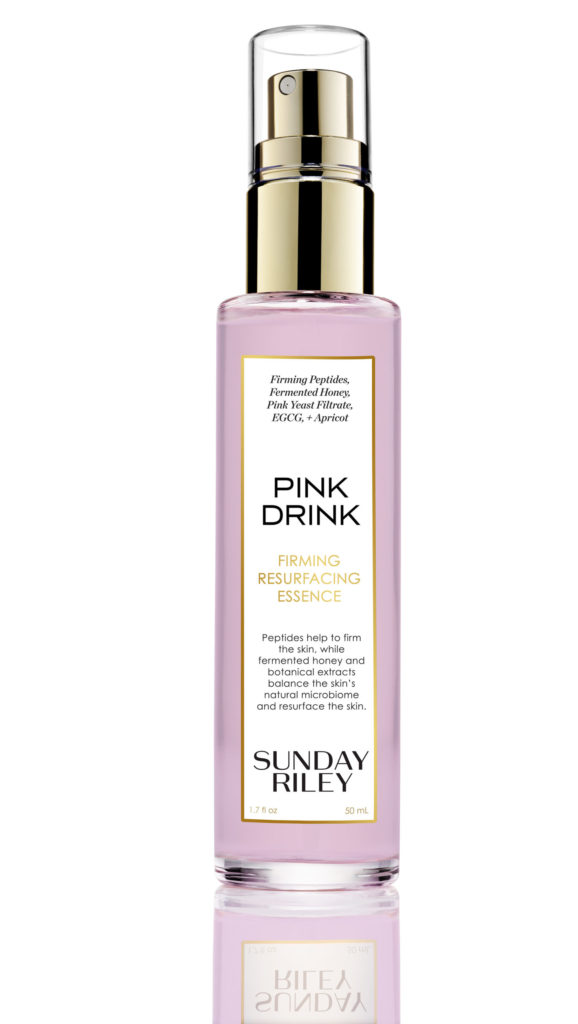
Essences are best for those with dry skin. “An essence for dry skin would be packed with moisturizing agents like glycerin and hyaluronic acid and ceramides — important humectants,” says Shamban. For dull-looking skin, you would want to look for essence with brightening, exfoliating ingredients like rice extracts, pearl pigments, niacinamides or fruit acids, she adds. “As a result, often, people will see and feel the effects of plumping and hydrating immediately.” If aging is a concern, this added boost of moisture can alleviate fine lines and prevent wrinkles.
Essences could also work for oily or acne-prone skin, you may try one with acne-busting ingredients like salicylic or glycolic acid. Though most essences are water-based, you can find ones that are more gel-like if that works better for your skin type.
Another popular ingredient in facial essences is fermented yeast. “It is basically a booster, used to help break down enzymes and nutrients to ensure that they are adaptable and effective,” says Shamban. “It helps concentrate their unique properties quickly, so they get to work.” But use caution, she adds. “Some people with sensitivity or allergy to yeast may not respond well to the high concentrations in these essences.”
Is an Essence Worth It?
Like any product, consider your skin needs. If dryness is a concern, your skin will drink up the extra hydration and nourishment that comes from an essence. If a treatment like a mask or a serum is not working as well as you thought it would, an essence can give the other products in your routine superpowers.
Your routine may be fine without one, of course, especially if the other products in your regimen have a high dose of active ingredients. “I personally don’t find essences absolutely essential in a daily routine, but it is a good tool to have in the arsenal of skincare and can certainly be an added hydration, brightening or balance bonus when used daily,” says Shamban.
If you are convinced you are ready to find the glow your skin has been missing, look for an essence that has a high concentration of active ingredients to get the most bang for your buck. And remember: A little goes a long way to justify its price tag.

